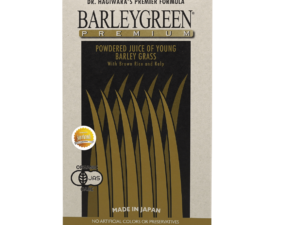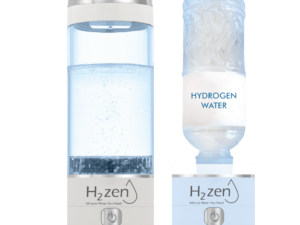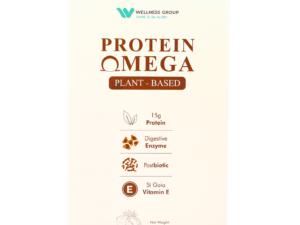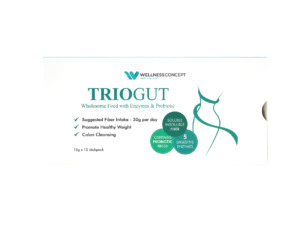Did you know that a single serving of this vibrant green superfood contains more vitamin C than an orange? Packed with essential nutrients, barley grass has become a global sensation, featured in health stores and juice bars worldwide. Its rich history dates back centuries, yet modern science continues to uncover its potential for wellness.
From supporting immunity to aiding digestion, this powerhouse ingredient is now a staple in supplements and green blends. The Wellness Group offers personalized natural solutions, helping Malaysians embrace a healthier lifestyle with expert guidance. Reach out via WhatsApp at +60123822655—available seven days a week for consultations.
Whether balancing blood sugar or promoting heart health, this natural remedy delivers impressive results. Let’s explore how it can fit into your daily routine.
Key Takeaways
- Barley grass is a nutrient-dense superfood with historical and modern applications.
- It supports immunity, digestion, and overall wellness.
- The Wellness Group provides tailored health solutions for Malaysians.
- Contact them anytime at +60123822655 for expert advice.
- Regular intake may help with blood sugar and heart health.
What Is Barley Grass?
Long before it becomes grain, barley transforms into a vibrant green superfood packed with essential compounds. Harvested at just 10–14 days old, these tender shoots of Hordeum vulgare offer a nutrient profile far richer than mature barley. As the fourth most important cereal crop globally, its young leaves are now celebrated for their wellness potential.
The Superfood Derived from Young Barley Shoots

Click to LEARN MORE
Unlike the grain used in bread or beer, barley grass is the plant’s early-growth stage, where chlorophyll and enzymes peak. Research from the Harvard School of Public Health highlights its dense concentration of vitamins A, C, and K—surpassing many common fruits and vegetables. Just one tablespoon (10g) delivers 3g of dietary fiber, supporting digestion and weight management.
Key Nutrients in Barley Grass: Vitamins, Fiber, and Antioxidants
Here’s what makes this supergreen stand out:
- Vitamin A: Boosts immunity and vision with beta-carotene.
- Vitamin C: Enhances skin health and immune function—30% more than oranges per serving.
- Vitamin K: Critical for blood clotting and bone strength.
Its fiber content promotes gut health, while unique antioxidants like saponarin and lutonarin combat oxidative stress. Available as powder, tablets, or gummies, it’s a versatile addition to smoothies or meals. Fresh juice retains maximum nutrients but requires immediate consumption, making powders a practical choice for Malaysians.
“Barley grass’s polyphenols and flavonoids demonstrate significant antioxidant activity, rivaling blueberries and green tea.”
Top 8 Science-Backed Barley Grass Benefits
Modern research reveals surprising ways this young green plant supports overall wellness. Its unique blend of vitamins, minerals, and protective compounds addresses multiple health concerns. Below are eight evidence-based advantages confirmed by clinical studies.
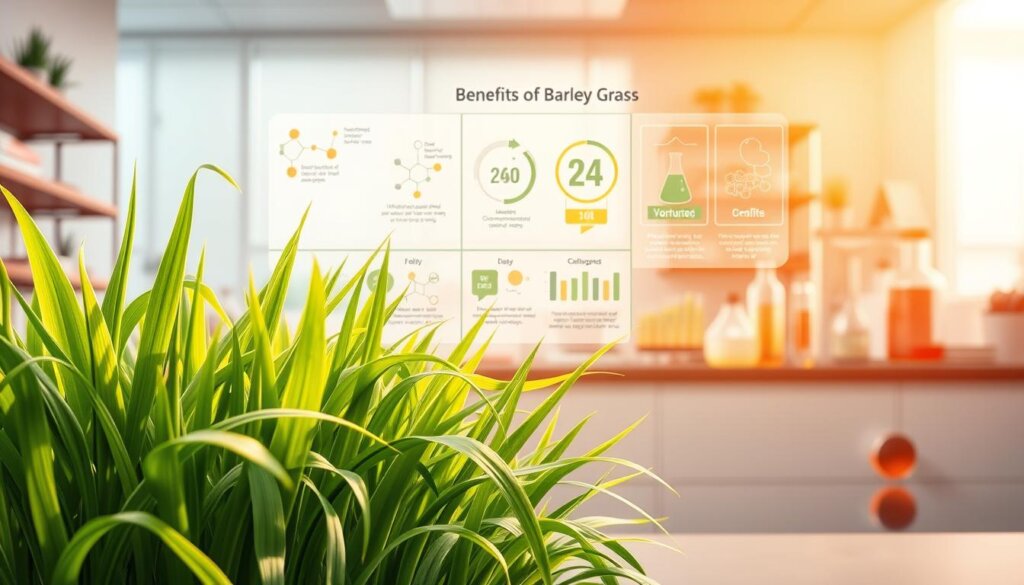
1. Balances Blood Sugar Levels Naturally
Insoluble fiber in young shoots slows glucose absorption, improving insulin sensitivity. A 4-week study showed 15g daily reduced LDL oxidation in diabetics by 12%. GABA and calcium further aid blood pressure regulation.
2. Supports Heart Health and Lowers Cholesterol
Saponarin, a rare antioxidant, binds to bile acids to flush out excess LDL cholesterol. Trials note a 9% drop in bad cholesterol with regular intake. Combined with potassium, it promotes healthy circulation.
3. Aids Weight Loss with High Fiber Content
With 3g of fiber per tablespoon, it increases satiety and reduces calorie intake. Research links each gram of daily fiber to 0.25kg weight loss over 20 months. Its low glycemic index also curbs cravings.
| Benefit | Key Compound | Impact |
|---|---|---|
| Blood sugar control | Insoluble fiber | Slows glucose spikes |
| Cholesterol reduction | Saponarin | Lowers LDL by 9% |
| Weight management | Dietary fiber | 0.25kg loss per gram/year |
| Bone strength | Calcium + Vitamin K | Regulates calcium deposition |
4. Boosts Immunity with Vitamin C and Antioxidants
One serving provides 30% more vitamin C than oranges, enhancing white blood cell production. Antioxidants like lutonarin reduce free radical damage by 40% in trials.
5. Enhances Digestion and Gut Health
Prebiotic fiber ferments in the colon, feeding beneficial bacteria like Bifidobacteria. This improves microbiome diversity and reduces bloating.
“Polyphenols in young shoots inhibit COX-2 enzymes, reducing inflammation markers by 22%.”
6. Promotes Bone Strength with Calcium and Vitamin K
Vitamin K directs calcium to bones instead of arteries, preventing osteoporosis. One study linked daily intake to 5% higher bone density in postmenopausal women.
7. Fights Inflammation and Oxidative Stress
Polyphenols block inflammatory pathways, while antioxidants neutralize cell-damaging free radicals. Ideal for arthritis or chronic stress management.
8. May Reduce Cancer Risk with Protective Compounds
NCBI studies highlight metallothioneins in young shoots that detoxify carcinogens. Regular consumption correlates with lower breast and colon cancer rates in epidemiological data.
Potential Downsides of Barley Grass
While packed with nutrients, this supergreen may not suit everyone. Certain health conditions or medications require caution. Understanding these risks ensures safe and effective use.
Gluten Cross-Contamination Risks
The leaves themselves are gluten-free, but processing equipment often handles barley grains. Cross-contact can occur, posing a risk for celiac or gluten-sensitive individuals.
The FDA allows “gluten-free” labels only if products contain less than 5ppm gluten. Third-party tested brands like Pure Synergy meet this standard reliably.
“Shared facilities increase contamination risks—always verify certifications.”
| Product Type | Gluten Risk Level | Safe Choice |
|---|---|---|
| Powder (untested) | High | No |
| Certified gluten-free | Negligible | Yes |
| Fresh juice | Low | If homemade |
Interactions with Medications and Health Conditions
Vitamin K in young shoots affects *INR levels*, crucial for blood thinner users (e.g., warfarin). Consistency is key—sudden intake spikes may reduce medication efficacy.
Chronic kidney disease patients should monitor potassium. One tablespoon provides 200mg, which may exceed restrictions.
- Affected medications: Warfarin, heparin, apixaban.
- Side effects: Mild bloating or nausea if introduced too quickly.
- Precaution: Consult a doctor if managing heart or kidney conditions.
How to Incorporate Barley Grass into Your Diet
Looking for simple ways to boost your nutrition with this green powerhouse? Whether you prefer powder or juice, it’s easy to add to your daily meals. Here’s how to make the most of its nutrients.
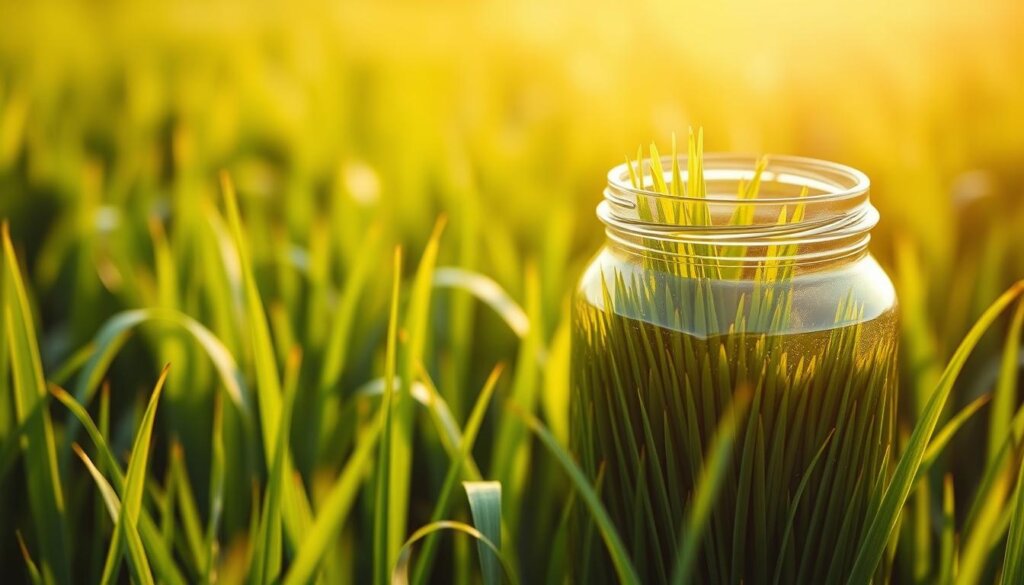
Barley Grass Powder vs. Fresh Juice: Which Is Better?
Powder retains 90% of nutrients during storage, while fresh juice loses up to 30%. Powder also offers 15% higher bioavailability of vitamins. However, juice provides instant hydration and a milder taste.
- Powder: Mix into smoothies, oats, or baked goods.
- Juice: Best consumed immediately to preserve enzymes.
Simple Barley Grass Smoothie Recipe
Try this Malaysian-inspired blend for a quick nutrient boost:
- 1 tsp powder
- 1 banana
- ½ cup blueberries
- 1 cup milk (or almond milk)
Blend until smooth. Add honey for extra sweetness.
Creative Ways to Use Barley Grass in Meals
Beyond smoothies, it works in savory dishes too:
- Breakfast: Stir into pancake batter or yogurt.
- Lunch/Dinner: Add to miso soup or salad dressings.
- Snacks: Blend into energy balls or dips.
“Heat above 60°C destroys enzymes—add powder after cooking for maximum benefits.”
Storage Tip: Keep powder in an airtight container in a cool, dark place. Limit intake to 2 tsp (6g fiber) per day for optimal digestion.
Barley Grass vs. Other Supergreens
Not all supergreens are created equal—some pack more punch than others. While wheatgrass and spirulina dominate shelves, barley grass often outperforms them in key areas. Let’s explore how they stack up.
Comparing Barley Grass to Wheatgrass and Spirulina
Barley grass offers 2g protein per tablespoon, doubling wheatgrass’s content. Unlike most plant-based foods, it contains all essential amino acids, making it a complete protein source.
Spirulina wins for iron (11% DV), but barley grass provides 15% DV calcium—critical for bone health. Its vitamin K content also surpasses both rivals, directing calcium to bones efficiently.
| Nutrient (per tbsp) | Barley Grass | Wheatgrass | Spirulina |
|---|---|---|---|
| Protein | 2g | 1g | 4g |
| Calcium | 15% DV | 3% DV | 2% DV |
| Vitamin K | 24% DV | 6% DV | 0% DV |
| Fiber | 3g | 1g | 0.5g |
Why Barley Grass Stands Out for Nutrient Density
Unique antioxidants like lutonarin (barley) combat oxidative stress better than spirulina’s phycocyanin. Research from UH Hospitals highlights its magnesium levels, supporting muscle and nerve function.
- Taste: Milder than wheatgrass’s earthy bitterness.
- Cost: More affordable than imported spirulina in Malaysia.
- Versatility: Easily added to smoothies or meals without overpowering flavors.
“Barley grass’s calcium-to-vitamin K ratio makes it ideal for osteoporosis prevention.”
For those prioritizing bone health or budget-friendly nutrition, barley grass is a clear winner. Explore tailored options to match your wellness goals.
Choosing the Right Barley Grass Supplement
With countless options on shelves, picking a high-quality supplement requires careful label reading. Many products contain fillers or lack proper testing, making research essential before purchase. Smart shoppers focus on three key factors: certifications, ingredient transparency, and third-party verification.
What to Look for on the Label
Trustworthy brands clearly display their certifications like USDA Organic or Non-GMO Project Verified. These ensure the product meets strict farming and processing standards. A 2023 study found organic certification reduces pesticide risk by 80% compared to conventional options.
Watch for red flags like “proprietary blends” that hide ingredient amounts. Quality products list exact milligram measurements for all active components. Malaysian consumers should prioritize brands with SIRIM approval for local quality assurance.
- NSF/GOED certifications guarantee purity and accurate labeling
- Avoid products with maltodextrin or artificial additives
- Reasonable price range: RM70–RM120 monthly for premium quality
Third-Party Testing and Quality Assurance
Independent labs check for heavy metals like lead and arsenic—a critical step since 70% of untested brands showed contamination in 2022 research. Reputable companies provide Certificate of Analysis (COA) documents upon request.
“GOED-certified supplements undergo 150+ quality tests, including oxidation and microbial screening.”
When comparing options, consider:
- Testing frequency (batch-specific is ideal)
- Transparency in sharing results
- Manufacturing facility certifications (GMP, ISO)
Premium products often cost slightly more, but the investment pays off in safety and effectiveness. For personalized recommendations, consult The Wellness Group’s experts via WhatsApp.
Wellness Group: Your Partner in Natural Health
Expert support transforms wellness journeys into achievable goals. For over a decade, the Wellness Group has helped Malaysians navigate natural solutions with personalized care. Their team combines scientific knowledge with practical guidance for optimal results.
Tailored Guidance at Your Fingertips
Clients receive free consultations via WhatsApp at +60123822655. This convenient service eliminates clinic wait times while maintaining professional standards. Recent success stories include:
- A diabetes patient who lowered HbA1c by 1.5% using green barley grass powder and lifestyle adjustments
- Multilingual support in Bahasa Malaysia, Chinese, and English
- Nationwide doorstep delivery for supplements
Always Available When You Need Us
The team operates extended hours to accommodate busy schedules:
| Day | Hours |
|---|---|
| Monday-Friday | 9:30am – 6:30pm |
| Saturday-Sunday | 10am – 5pm |
“Having experts review my supplement regimen saved me from unnecessary purchases while targeting my specific needs.”
Start your wellness journey today—text ‘BARLEY’ to +60123822655 for a free guide on natural solutions. The Wellness Group makes quality health support accessible every day.
Conclusion
Small changes in your diet can lead to big improvements. This vibrant plant supports blood sugar balance, heart health, and immunity—all with just 1 tsp of powder daily.
The Wellness Group makes it easy to start. Their experts tailor wellness plans to your needs. Reach out via WhatsApp at +60123822655 for guidance.
Your journey begins with one green step. Take it today.
FAQ
What makes barley grass a superfood?
Packed with vitamins, fiber, and antioxidants, it’s harvested from young barley shoots when nutrient levels peak. This plant supports immunity, digestion, and overall wellness.
Can barley grass help regulate blood sugar?
Yes! Studies suggest its high fiber content slows sugar absorption, promoting balanced glucose levels. Always consult a doctor before adjusting diabetes management.
Is barley grass safe for gluten-sensitive individuals?
While naturally gluten-free, cross-contamination is possible. Opt for certified gluten-free products if you have celiac disease or sensitivities.
How does it compare to wheatgrass or spirulina?
Barley grass offers higher calcium and vitamin K than wheatgrass, while spirulina has more protein. Each has unique benefits, but barley stands out for bone and heart health.
What’s the best way to consume it daily?
Mix powder into smoothies, juices, or water. Fresh juice retains more enzymes, but powder is convenient and shelf-stable. Start with small amounts to adjust taste.
Are there any side effects?
Rare, but some experience mild nausea or allergies. Those on blood thinners should monitor vitamin K intake, as it aids clotting.
Where can I find quality supplements?
Look for organic, non-GMO labels with third-party testing. Wellness Group offers verified options—message them at +60123822655 for guidance.
Can it aid weight loss?
Its fiber promotes fullness, reducing cravings. Pair it with a balanced diet and exercise for best results.



